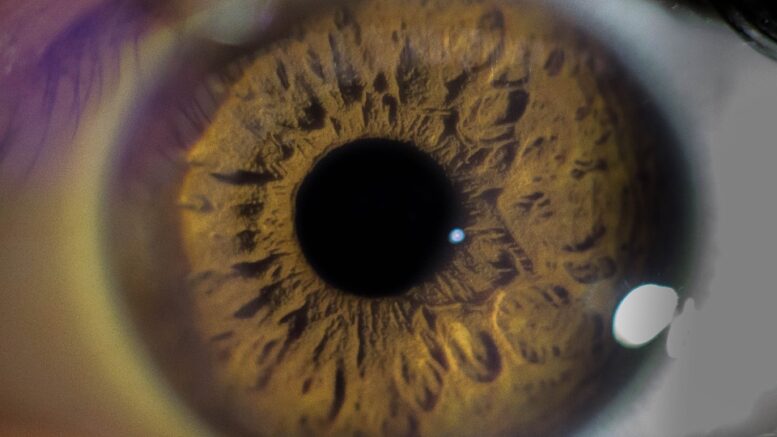Diagnostics in the eye care industry are very complex: hundreds of retina images must be analyzed for the presence/absence of pathologies and pathological signs within several minutes. Eye care specialists don’t have the right to miss some minor or early pathologies, however, the pressure is very high: there is a clear shortage of eye care specialists on the planet. For instance, according to the World Health Organization, 14 million optometrists are needed instead of 331K that are working today to provide a good level of eye care services in the world.
Retina images give the most adequate understanding of the eye health of the patients which is why they are at the core of the diagnostic process.
There are several types of retina images: Optical Coherence Tomography (OCT) and the fundus photo are the top 2 nowadays. Thanks to the accuracy and non-invasiveness, OCT scan interpretation becomes the number one tool for adequate retina diagnostics today, and eye care specialists spend a lot of time and money to master that skill. However, artificial intelligence (AI) can become a great support system for OCT scan interpretation. AI gives eye care specialists confidence when dealing with complex OCT scans at last.
How does AI for retina images work?
- First, it is necessary to collect millions of OCT scans with various pathologies and pathological signs.
- Second, it is necessary to graphically label all these scans. Labeling means highlighting and defining the pathologies and pathological signs on OCT scans. Only retina specialists can actually do it properly. This stage of data preparation is extremely important because the accuracy of the AI will depend on the accuracy of the data preparation at this stage.
- Thirdly, all the graphically labeled images are then “fed” into the AI model and it starts learning how to differentiate between pathologies and pathological signs on its own. In the future, AI will be able to define the pathologies and pathological signs on new medical images.
Then the AI is ready to analyze new OCT scans that are uploaded into it. That is how AI for optometry and ophthalmology works: a long-term complex multi-stage process that involves numerous trials and errors.
Eye care professionals that use artificial intelligence (AI) receive multiple benefits:
- Confidence when working with OCT scans. Eye care specialists come across controversial OCT scans that they can’t interpret right away. With artificial intelligence, eye care professionals will be sure that each OCT scan is interpreted correctly.
- The possibility to detect early, rare, and minor pathologies on OCT scans.
Many eye care specialists are afraid of artificial intelligence because they feel that it threatens them. The most widespread stereotype about artificial intelligence is that it can take jobs away. In reality, artificial intelligence becomes a decision-making support tool that helps eye care specialists and does not substitute them.
